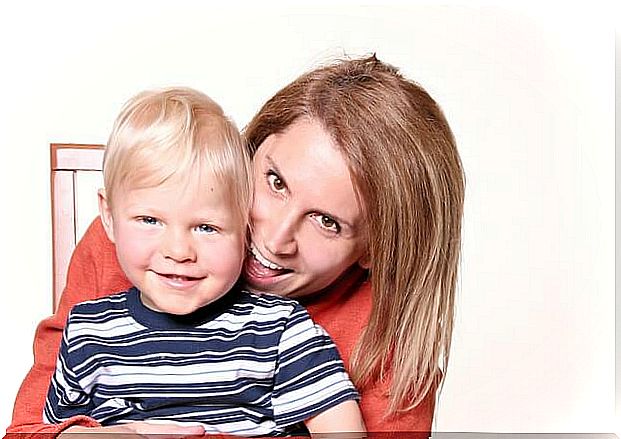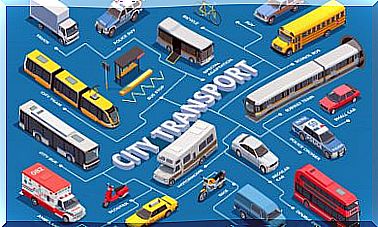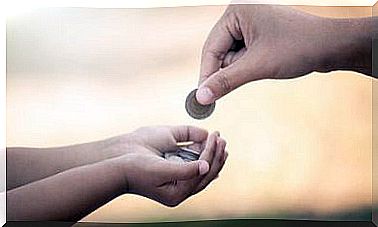How To Create An Effective Reward System For Your Children

Creating a reward system is an excellent behavior modification strategy when it is necessary to change children’s behavior. Reward systems teach children to accept responsibility for their own behavior.
Young children to adolescents alike can benefit from these systems, as reward systems provide motivation and incentives to follow the rules. But the same system cannot be applied at one age or another.
For a reward system to be truly effective, it is necessary to consider what it is that can motivate a child and to create a specific system. You also need to avoid sibling comparisons and fostering competition between them and make sure they understand what their responsibilities are.
We cannot forget something very important: being consistent with the awards is essential for the system to be effective. At all ages, you have to be rigorous in how you assess behaviors and keep the promises made.
Reward Systems for Preschoolers
One of the most popular reward systems to apply to young children is that of stickers. The system consists of creating a table with the attitudes, actions and behaviors that you want to promote and giving the child a sticker to stick each time they comply with the requirements.

When it comes to modifying a negative behavior, you can choose to have two types of marking : the positive when you get it (for example, a green sticker) and the negative when it does not comply with what is required, for example, a red sticker or a cross) .
In either case, it is important to try positive reinforcement first and avoid negative reinforcement as much as possible.
The important thing is that the child can see his sticker chart well to be able to enjoy his achievements and so that he can also motivate himself to achieve more in the event that it is difficult for him to achieve the goals.
There are also many mobile applications that offer various reward systems for young children along the same lines that can be very useful and motivating.
Although several behaviors can be worked on at the same time, it is much better to work them one at a time. Once the child has achieved it and has incorporated this behavior into his way of doing things or has included an action in his routine, it is not necessary to continue insisting. It is time to work with another.
To reinforce the behavior or habit, it is important that the child get the reinforcement immediately after doing what has been asked.
Reward systems for school-age children
A little more elaborate and complex reward systems can be handled with school-age children. With these children you can use boards with stickers that reinforce several aspects of the behavior at the same time. In any case, as children get older it is not motivating enough to just simply put on stickers.

As children get older, it is important to offer them bigger rewards, either at the end of the day if they have achieved everything agreed, or when they complete a table. But this does not mean that they have to be material rewards. In fact, they should not be material rewards, unless it is a great medium-term achievement.
Rewards can be going somewhere, playing a specific game, or participating in an activity of your choice. In this sense, reward systems are a good way to rationalize and organize play time, the use of electronic devices or the performance of leisure tasks.
It is also important to help children achieve their goals. If we set very high goals for them, frustration will make them lose all motivation for the award. It is much better to start small and raise expectations as the child can respond to them. Once you have a taste of success, it is much easier to motivate you to keep moving forward.
Reward systems for tweens
Reward systems are also very useful with preadolescents, although these systems must be adapted to their age, avoiding infantilizing systems. Preadolescents should find in these systems a way to raise their self-esteem and a motivation to improve, and not as a form of punishment.
Instead of sticking stickers, systems based on obtaining tokens or tokens that they can exchange for whatever they want work very well with tweens. Each prize must have a price, which must be paid with those tokens or tokens. Each required attitude or behavior must be rewarded with a number of tokens proportional to its importance.
To promote motivation, it is important to include something that the preteen likes to do or does best, as well as something that is easy. This way you can enjoy success and it will be easier for you to find motivation to get more by doing other things that cost you more.









